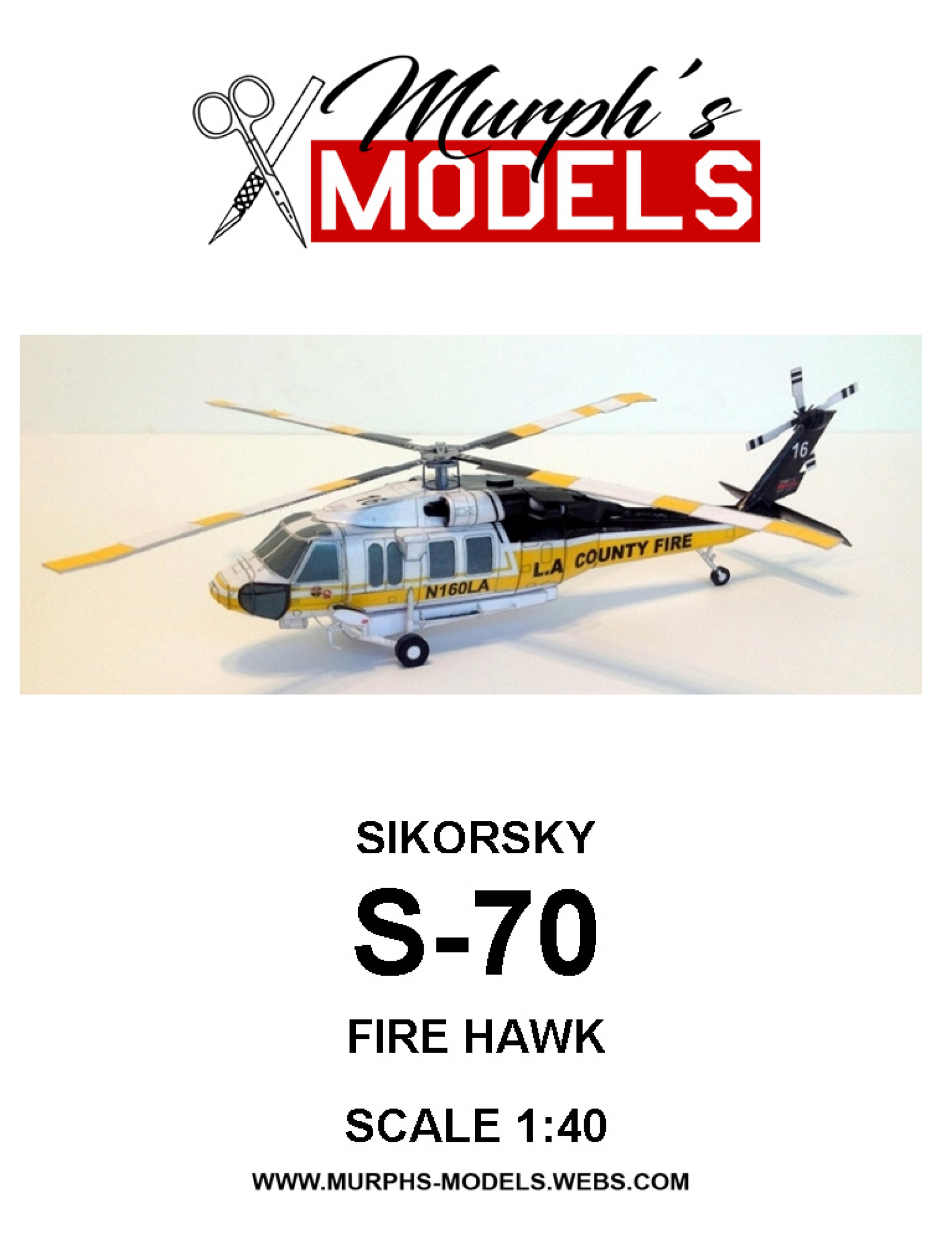Unlocking Efficiency: Sikorsky S 70 Helicopter Advancements
Unlocking Efficiency: Sikorsky S 70 Helicopter Advancements
Blog Article
Discover the Innovation Behind the Excellent S-70 Aircraft
The S-70 airplane stands as a testimony to innovative innovation and technology in the area of aviation. The engine capabilities of this aircraft are unmatched, supplying unparalleled power and effectiveness. As we begin to unravel the technical marvels behind the S-70 aircraft, a globe of aerospace excellence waits for.
Avionics Solutions
Avionics systems, indispensable components of the S-70 airplane, encompass a sophisticated range of electronic tools and communication devices important for flight navigation and operation. At the core of the S-70's avionics suite are advanced navigating systems that supply real-time information on the airplane's placement, elevation, rate, and various other important trip criteria. In addition, the avionics systems consist of interaction devices that makes it possible for smooth communication in between the airplane and air web traffic control, as well as other aircraft in the vicinity.
Blades Style
The rotor style of the S-70 aircraft is a crucial component that directly influences its efficiency and ability to move in different flight conditions. The S-70 features a major blades system that is composed of four composite blades specifically made to give extraordinary lift capability and security. These blades are engineered to reduce vibration degrees, minimize noise, and boost the general effectiveness of the rotor system.
Furthermore, the S-70 aircraft is furnished with a tail blades that plays a vital role in managing the airplane's yaw movement. The tail blades design is maximized to counteract the torque created by the main blades, ensuring controlled and balanced trip procedures. Additionally, the tail blades boosts the S-70's agility and responsiveness throughout requiring flight maneuvers.
Engine Efficiency
Maximizing the engine efficiency of the S-70 airplane is crucial for complementing the rotor design's effectiveness and making sure smooth trip procedures. These engines use a mix of high efficiency and fuel efficiency, important for a versatile aircraft like the S-70.
The engine's advanced modern technology consists of a dual-spool design, which enhances power shipment and fuel effectiveness. This style permits much better control of the engine's power outcome, enhancing performance across different trip problems. In addition, the engines are outfitted with a Complete Authority Digital Engine Control (FADEC) system, which enhances fuel flow and power result while making certain smooth procedure and lowering pilot work. In general, the engine performance of the S-70 plays a vital duty in the airplane's capabilities and redirected here mission success.
Stealth Abilities
Enhancing the S-70 airplane's stealth capacities includes incorporating sophisticated products and aerodynamic layout functions to reduce its radar cross-section. By minimizing the radar cross-section, the aircraft can run with a reduced chance of discovery by opponent radar systems, enhancing its survivability in hostile environments. The S-70 integrates stealth technologies such as radar-absorbing products, unique finishings, and forming methods to disperse or soak up radar waves, making it extra challenging for opponents to discover.

Furthermore, the S-70's design consists of functions like faceted surfaces, serrated sides, and angled frameworks to scatter inbound radar signals away from the resource, additional minimizing its presence on radar screens. These layout aspects help the airplane attain a minimized radar signature, allowing it to conduct objectives discreetly and avert enemy discovery.
Moreover, the S-70's innovative avionics systems and electronic war capabilities enhance its stealth features, giving extensive protection against prospective dangers. sikorsky s 70. By combining sophisticated technologies with stealth improvements, the S-70 airplane demonstrates a high level of refinement and effectiveness in modern-day fight situations
Trip Control Systems
Carrying out state-of-the-art avionics, the S-70 aircraft incorporates advanced trip control systems try this out to ensure optimal maneuverability and operational performance. The aircraft's flight control systems consist of a combination of electronic and mechanical parts that function with each other to supply security and control during flight.

Conclusion
In conclusion, the modern technology behind the S-70 aircraft is really exceptional. The S-70 aircraft is a testimony to the advanced technology and engineering knowledge that goes right into creating such an advanced aircraft.
In addition, the avionics systems include interaction equipment that makes it possible for seamless interaction in between the airplane and air traffic control, as well as other aircraft in the vicinity.Moreover, the S-70 aircraft is geared up with a tail blades that plays a critical role in controlling the airplane's yaw motion.The flight control systems of the S-70 airplane are created to adapt to different trip conditions, providing a smooth and steady flying experience for both military and noncombatant procedures. Generally, the innovative trip control systems of the S-70 aircraft contribute dramatically to its excellent efficiency and versatility in numerous mission circumstances.
The S-70 aircraft is a testimony to the advanced innovation and design competence that goes right into developing such an advanced airplane.
Report this page